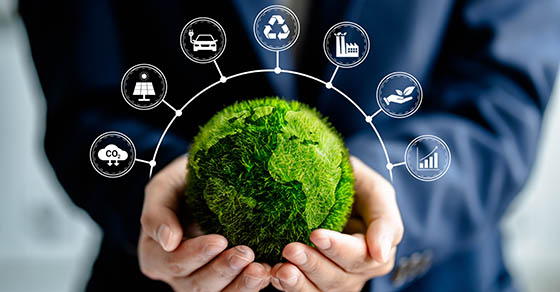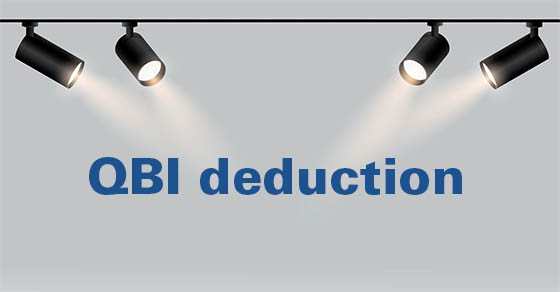
For many years, businesses of all shapes and sizes have at least considered sustainability when running their operations. Many people — including customers, investors, employees and job candidates — care about how a company impacts the environment. And reducing energy use, water consumption and waste generally lowers operational costs.
However, the current “environment regarding the environment,” has changed. With the passage of the One, Big, Beautiful Bill Act (OBBBA), the federal government has disincentivized businesses from taking certain green measures. So, you may be reevaluating your company’s stance on sustainability.
Apparent interest
According to one survey, a serious interest in sustainability remains present among many businesses. In February, management consultancy Kearney, in association with climate action media platform We Don’t Have Time, released the results of a survey of more than 500 finance executives from companies in the United States, United Kingdom, United Arab Emirates and India.
Of those respondents, 93% said they saw a clear business case for sustainability. Meanwhile, 92% expected to invest more in sustainability this year — with 62% of respondents saying they planned to allocate more than 2.1% of revenue to sustainability in 2025.
Now whether and how fully these investments come to fruition this year is hard to say. However, the fact remains that sustainability has been and will likely continue to be a strategically significant factor in many industries.
Vanishing tax breaks
As mentioned, the OBBBA has thrown a wrench into tax relief related to certain sustainable measures.
For example, the Section 179D Energy Efficient Commercial Buildings Deduction has been around since 2006. It got a big boost from the Inflation Reduction Act (IRA) of 2022, which increased the potential size of the deduction and expanded the pool of eligible taxpayers. However, the OBBBA permanently eliminates this tax break for buildings or systems on which construction begins after June 30, 2026.
The OBBBA also nixes an incentive for the business use of “clean” vehicles. The Qualified Commercial Clean Vehicle Credit, under Sec. 45W of the tax code, hadn’t been previously scheduled to expire until after 2032. However, it’s now available only for vehicles acquired on or before September 30, 2025. Depending on vehicle weight, the maximum credit is up to $7,500 or $40,000.
Has your company installed an electric vehicle charger or another qualified dispenser of or storage facility for clean-burning fuel? If so, you may be able to claim the Alternative Fuel Vehicle Refueling Property Credit under Sec. 30C of the tax code. The IRA had scheduled the credit — which is worth up to $100,000 per item — to sunset after 2032. But under the OBBBA, eligible property must be placed in service on or before June 30, 2026, to qualify.
Tailored strategy
Where does all this leave your business? Well, naturally, it’s up to you and your leadership team whether you want to address sustainability and, if you decide to do so, precisely how. Typically, when devising or revising a strategy in this area, your company should:
- Conduct an up-to-date baseline assessment of energy use, water consumption, waste generation and your business’s overall carbon footprint,
- Set clear goals and metrics based on reliable data and the input of professional advisors,
- Address the impact of logistics, your supply chain and employee transportation, and
- Communicate effectively with staff to gather feedback and build buy-in.
And don’t necessarily give up on tax incentives. Although some federal tax breaks may be going away in the near future, state and local ones might exist that could benefit your business.
Your call
Again, as a business owner, you get to make the call regarding your company’s philosophy and approach to sustainability. If it’s something you intend to prioritize, we can help you review your operations and identify cost-effective and possibly tax-saving ways to make a positive environmental impact.
© 2025




